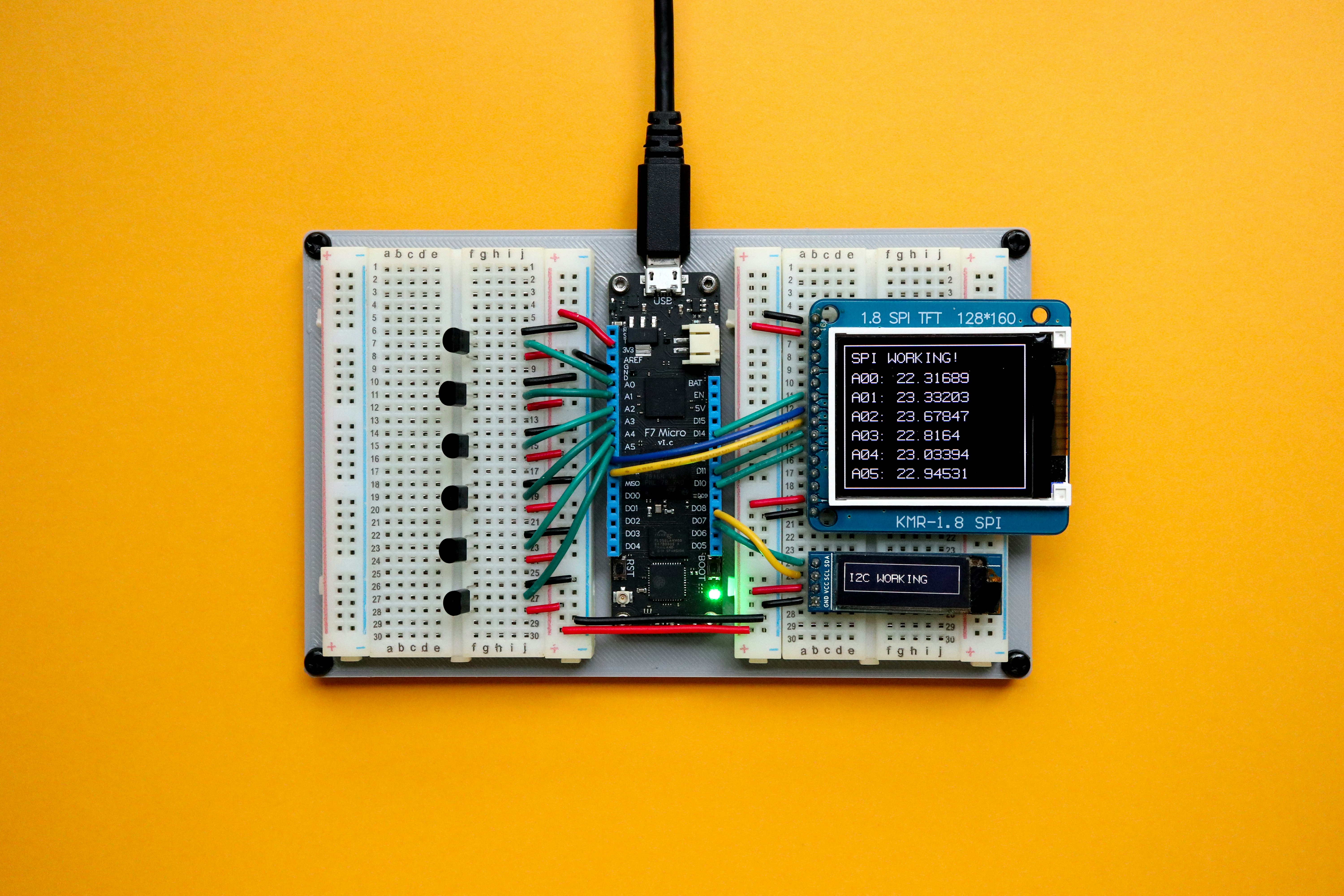What is depreciation?
Depreciation is the phenomenon where the value of items reduces over a given period of time. For example, assets such as furniture, computers, buildings, office equipment, machinery outdoor lighting cars, etc are assets which last for approximately three or four years. It is known that these assets will not last forever. As time goes by their value reduces. During each accounting period, -say monthly, quarterly, yearly etc, a given portion of these assets gets used up. This portion is normally shown on the income statement as depreciation expense. Primarily, this entails allocating the cost of the firm’s tangible assets in its useful life to be used to account for declining value.
Usually, firms depreciate long-term assets for the purposes of taxation and accounting. For tax purposes, for example, businesses may view the cost of the tangible assets that they buy as business expenses and deduct them. However, IRS rules must be considered while depreciating these items as well as how and when the deductions can be taken by the company.
Depreciation can be calculated and reported using two principles. These principles are:
Cost principle: With this principle, Depreciation Expense needs to be reported on the income statement and the amount of asset based on its historical or original cost. The amount of the asset should not be based on the current market value.
Matching principle: With this principle, the cost of an asset should be allocated to the Depreciation expense of the asset’s lifetime. The asset’s expense is matched with the same period of accounting as the revenues that the asset helped to generate. Simply put, matching principle requires that revenues that are earned in a given accounting period be matched with the expenses related to that asset.
The methods of depreciation for achieving matching principle can be categorized into two: Accelerated depreciation and straight-line depreciation.
Straight-line depreciation is known for its simplicity and as such, it is widely used in the US. With this matching depreciation method, a company charges an equal amount of the cost of assets in each accounting period. The formula of this method is:
(Historical cost of the asset – its estimated salvage time)/useful life of the asset
For example, assuming that the cost of purchasing a car is $10,000 and has an estimated value of 5,000 and a useful life of say 5 years, the depreciation expense for the first year is $1000. (10,000-5,000)/5.
Accelerated depreciation on the other hand is mainly used for income tax purposes or accounting which allows more deduction in the asset’s early years. Contrary to the straight-line depreciation method which spreads the cost of assets evenly throughout its life, accelerated depreciation allows higher deductions to be made during the first years after the assets purchase and lower expenses as the asset ages.
Regardless of the difficulty you may encounter when calculating depreciation of your assets, the most important thing is that the IRS provides tables which simplify the calculation. Also, quite a majority of accounting software some of which you might be using in your business come with a program for calculating depreciation. It will therefore be easy for anyone to calculate depreciation if they know the basics.
















